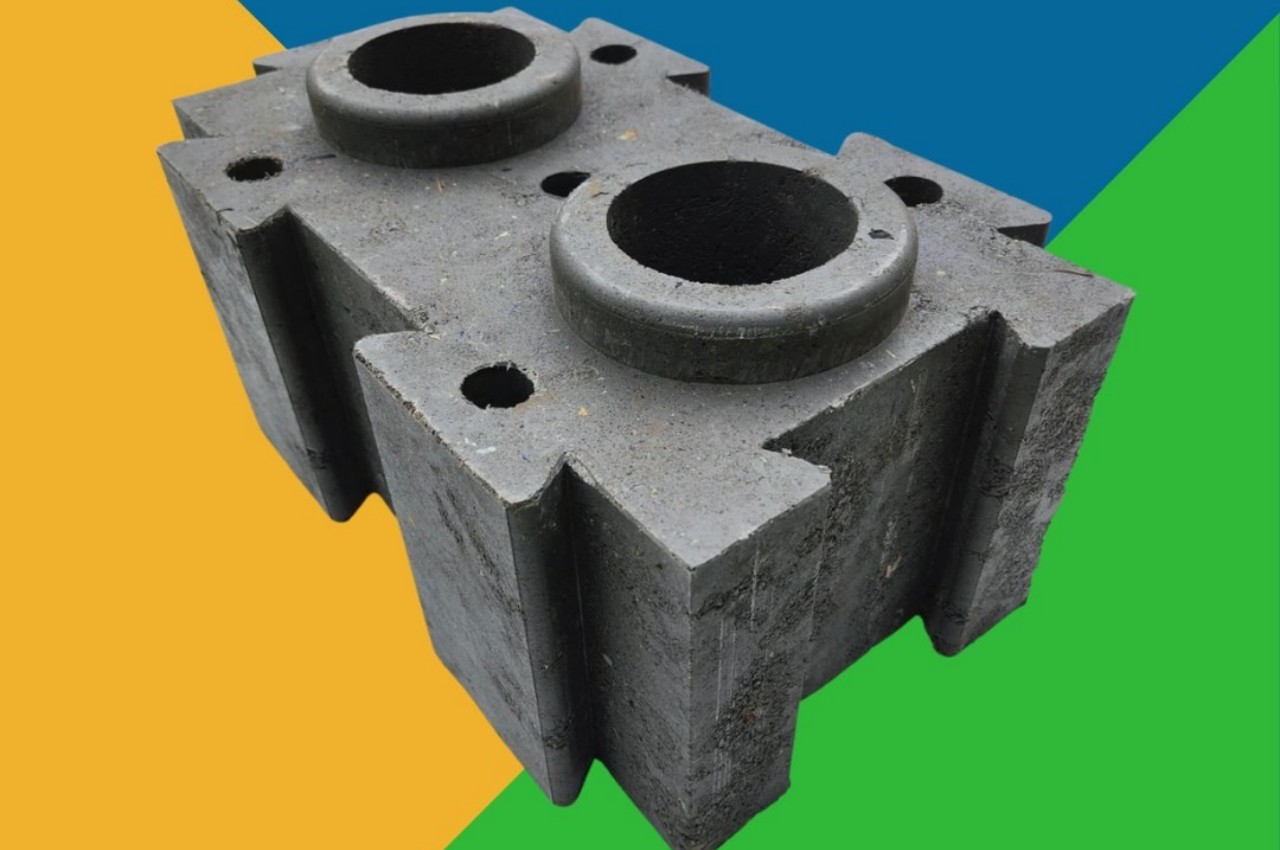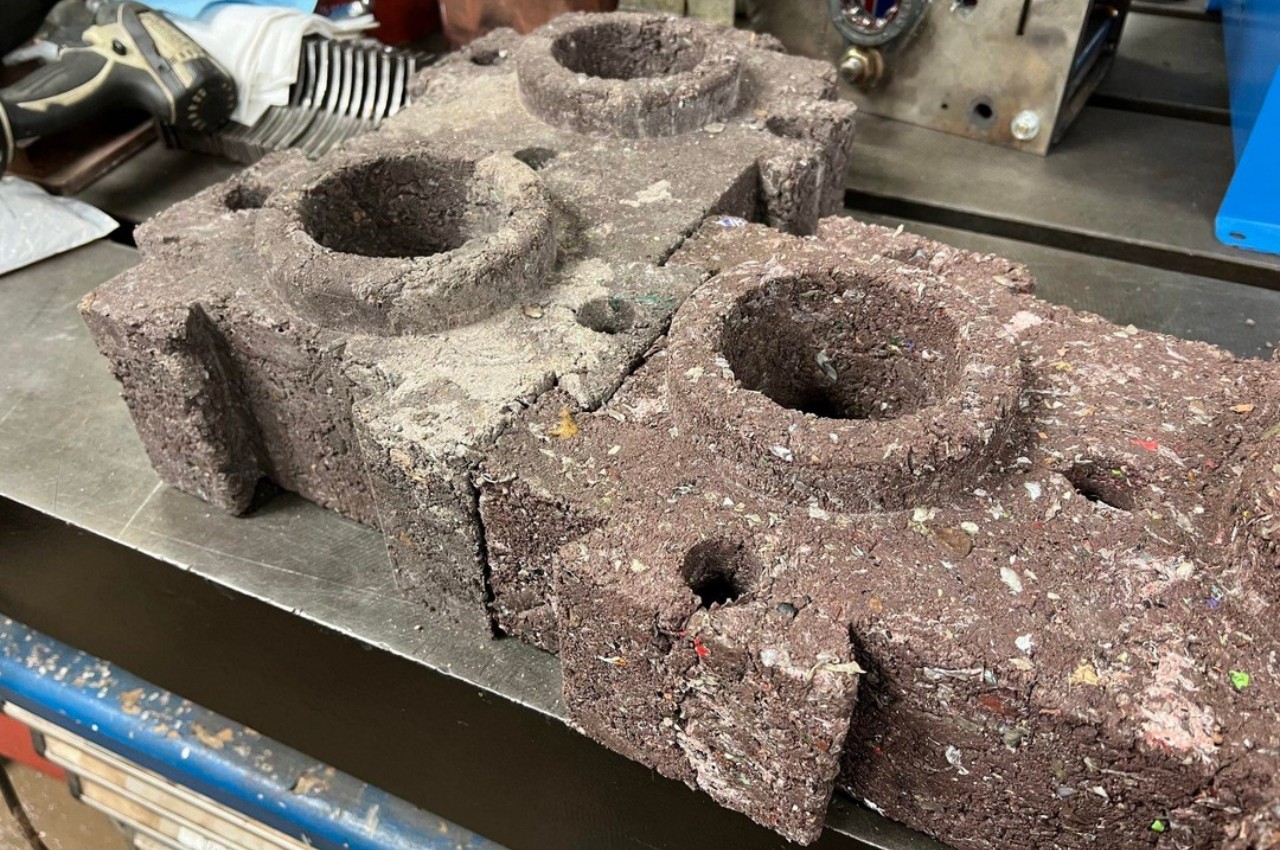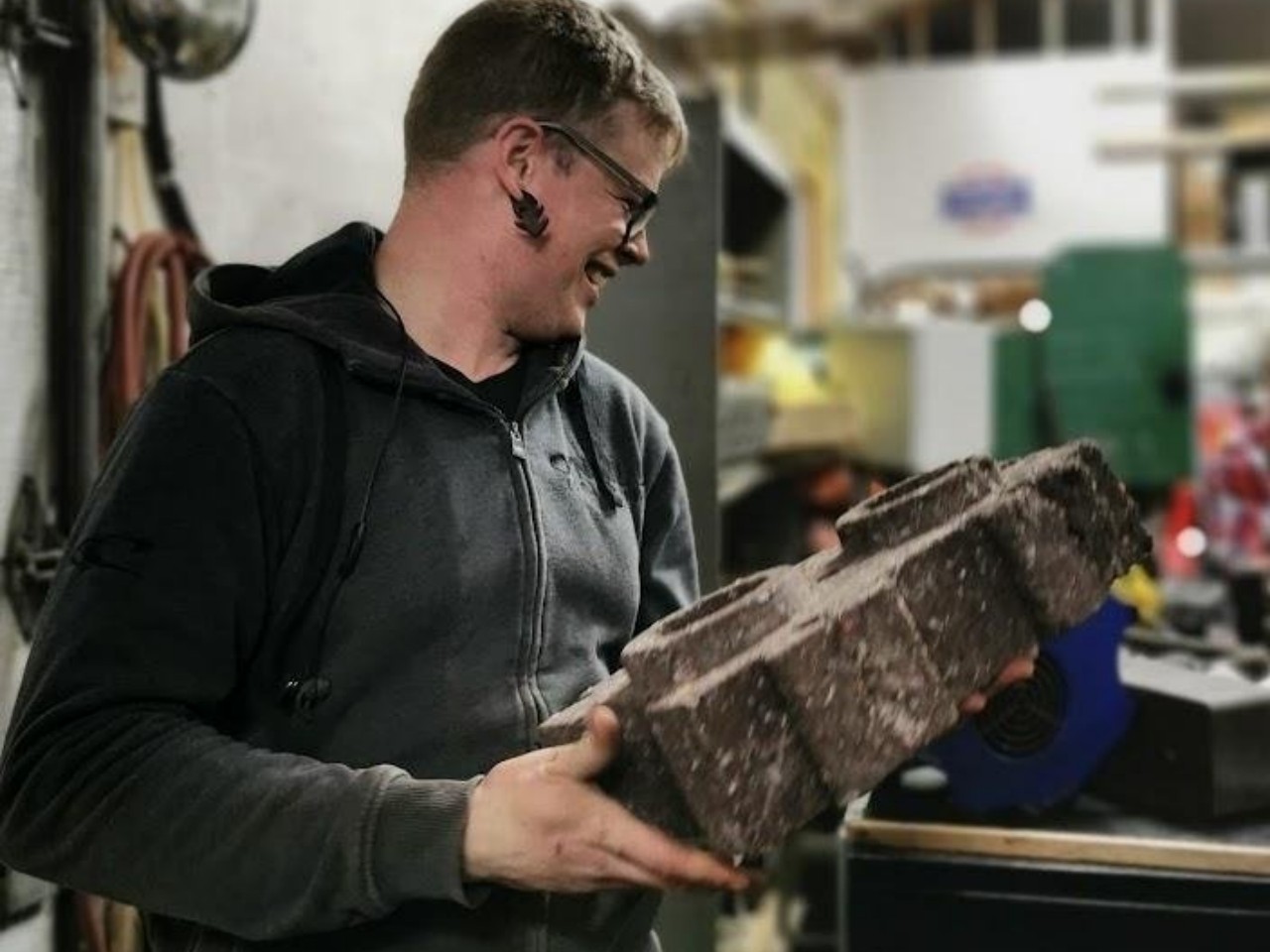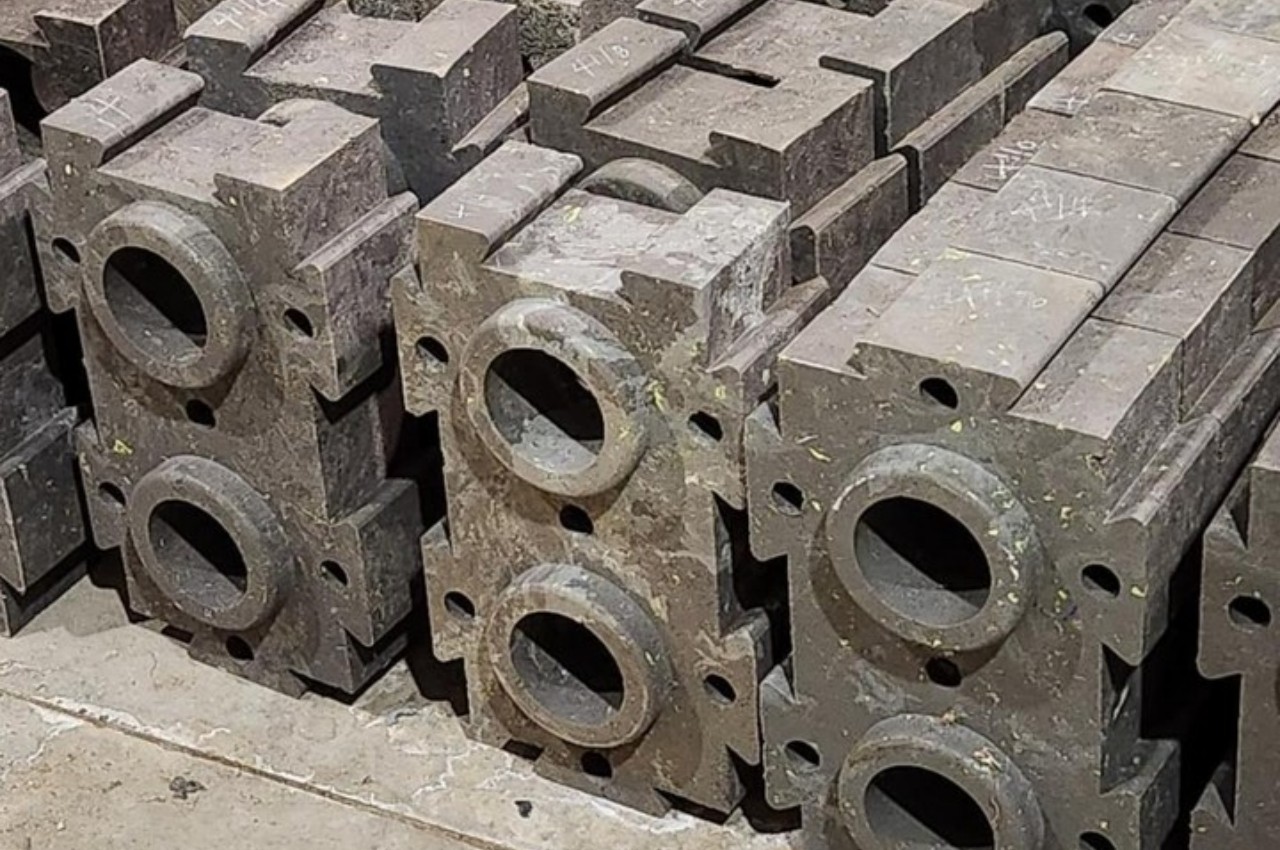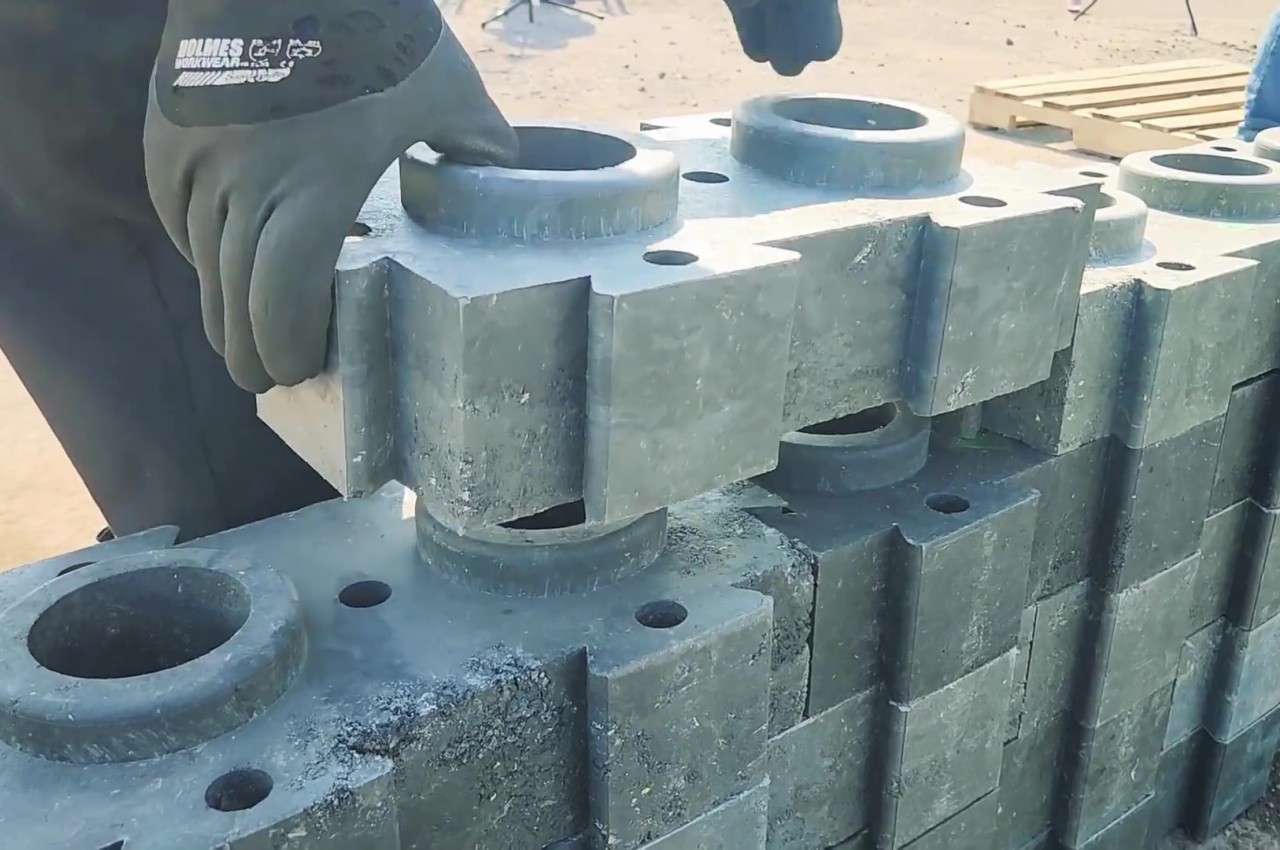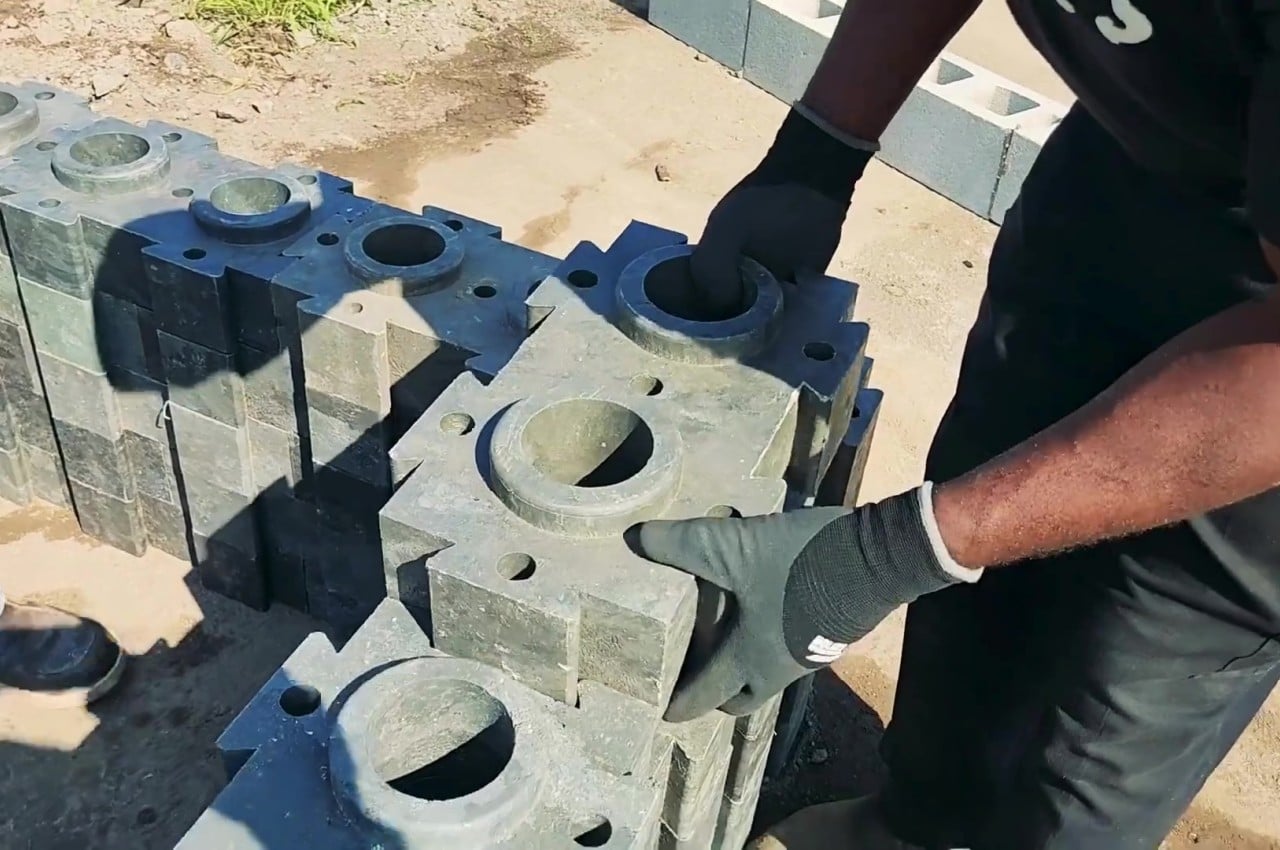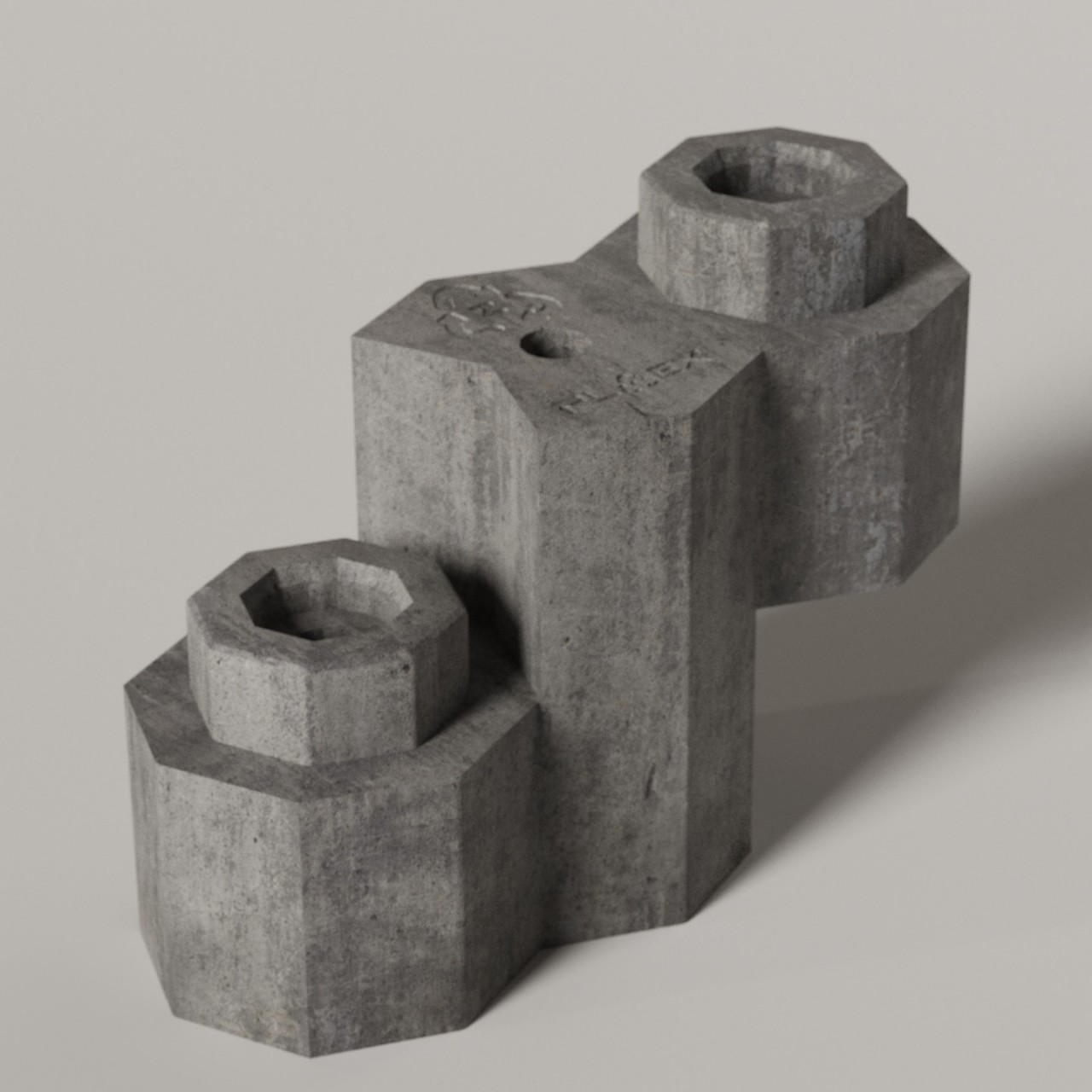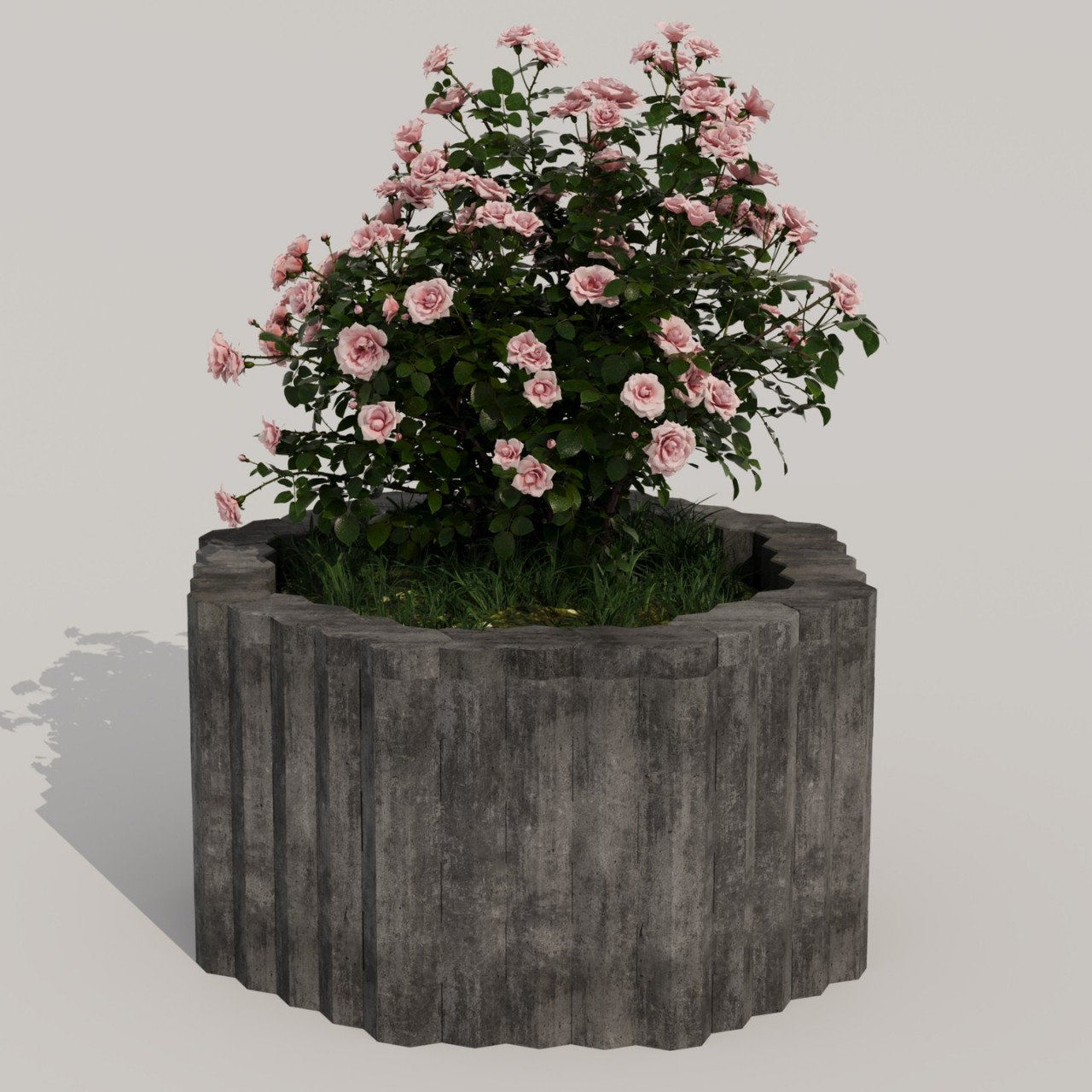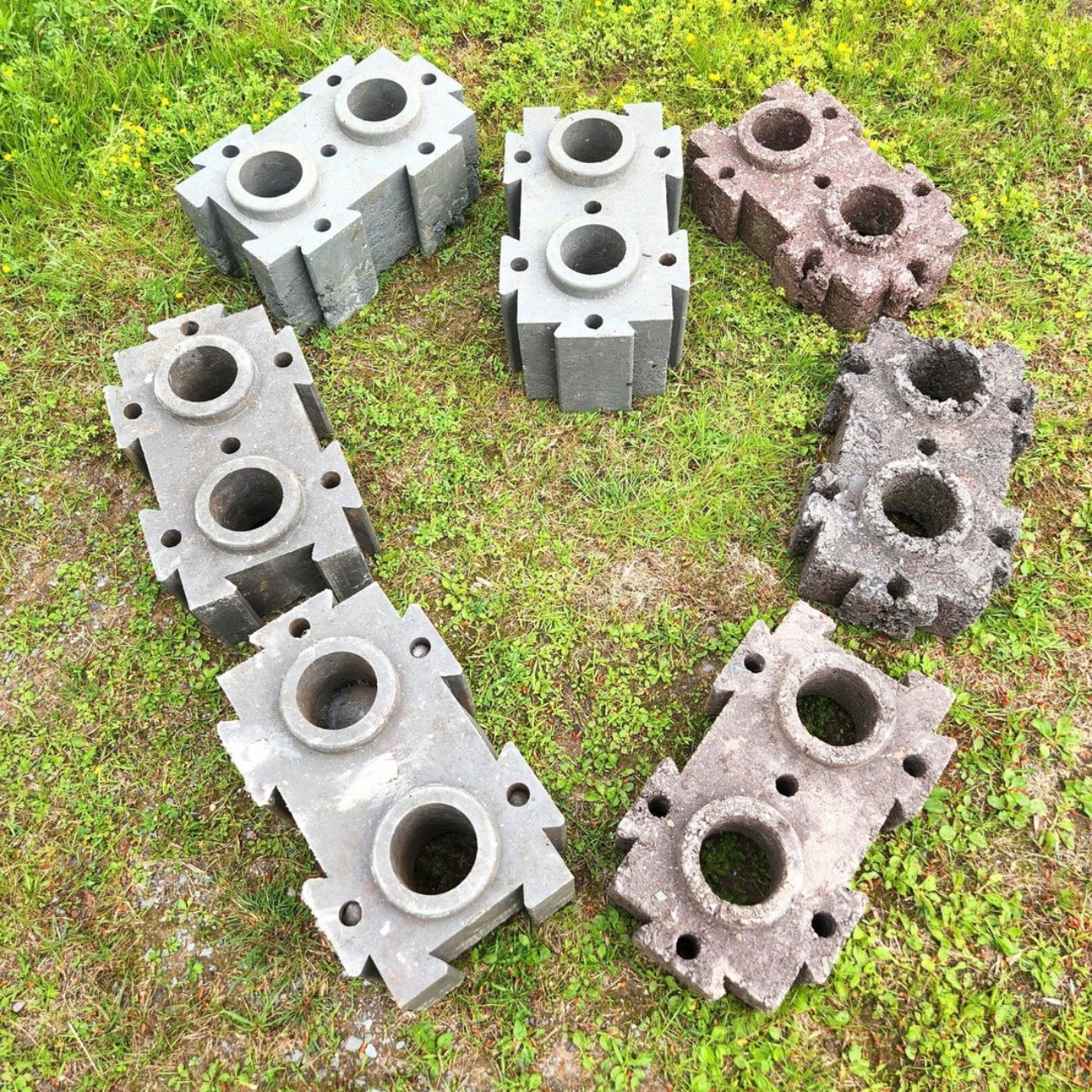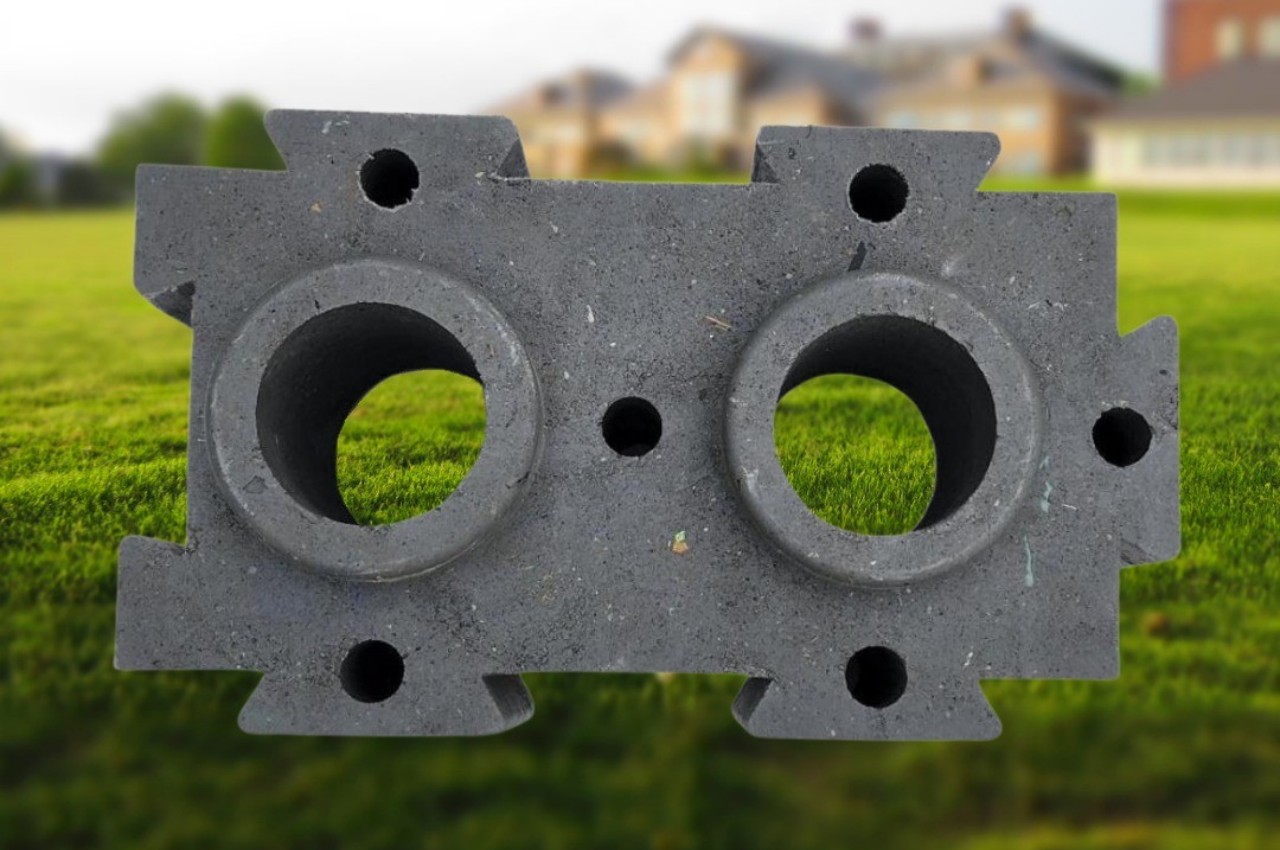
You know that feeling when you see something that completely flips your expectations? That’s exactly what happens when you encounter Ronan Bouroullec’s Ancora tables. Here’s a material we typically associate with parking garages and brutalist architecture, yet somehow this French designer has coaxed concrete into becoming downright graceful.
The Ancora collection, now in production by Italian furniture maker Magis, includes rectangular and round dining tables along with low tables and side tables. What makes them special isn’t just that they’re made from concrete (though that’s certainly part of it) but how Bouroullec has reimagined what this humble material can actually do when treated with a little finesse.
Designer: Ronan Bouroullec x Magis

Let’s talk about that name for a second. “Ancora” means “anchor” in Italian, and once you know that, you can’t unsee it. The base of each table features this ingenious curved edge that flows into a structural rib, creating a shape that genuinely resembles an anchor. It’s one of those design moves that’s both practical and poetic, balancing the need for stability with an aesthetic that feels almost nautical in its elegance.
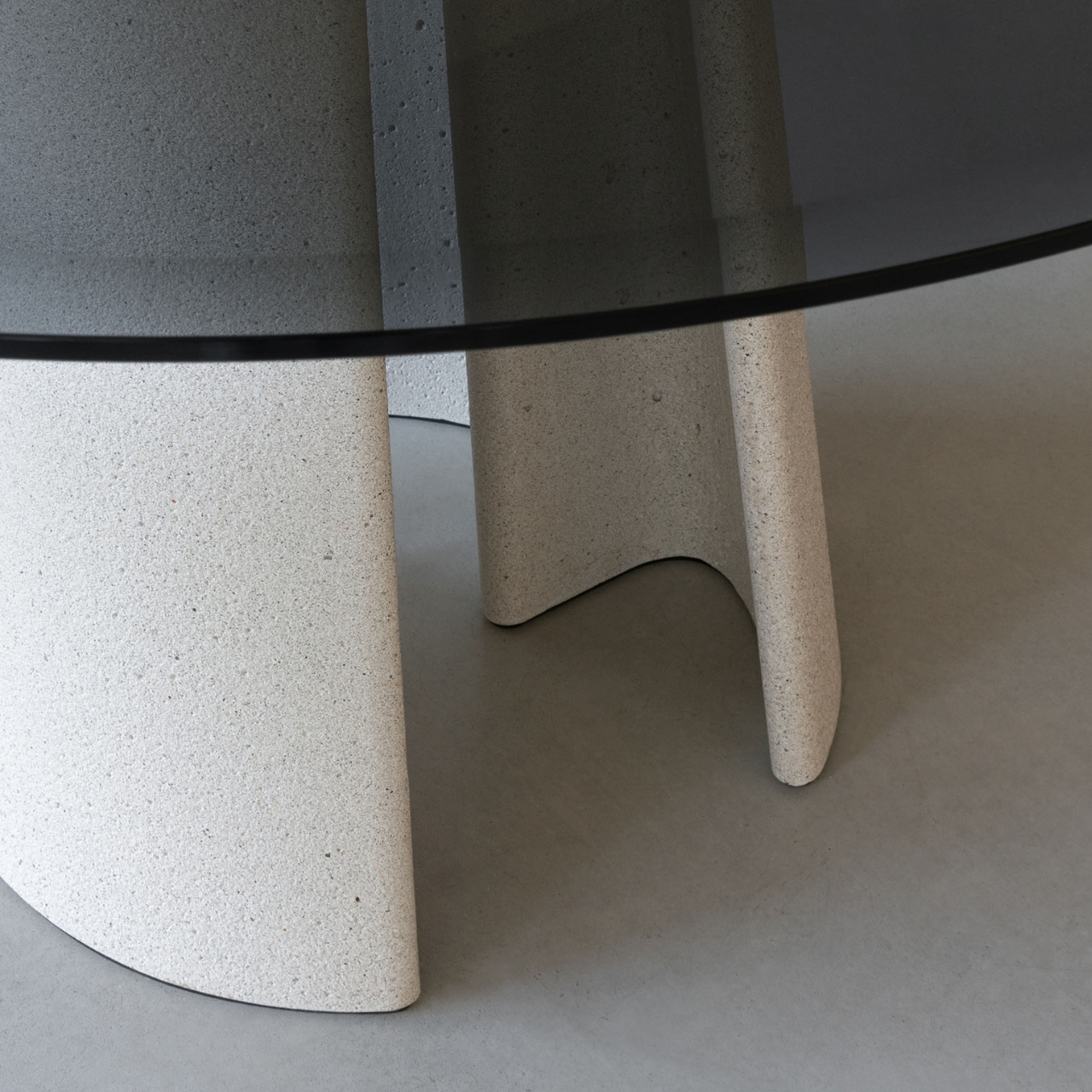
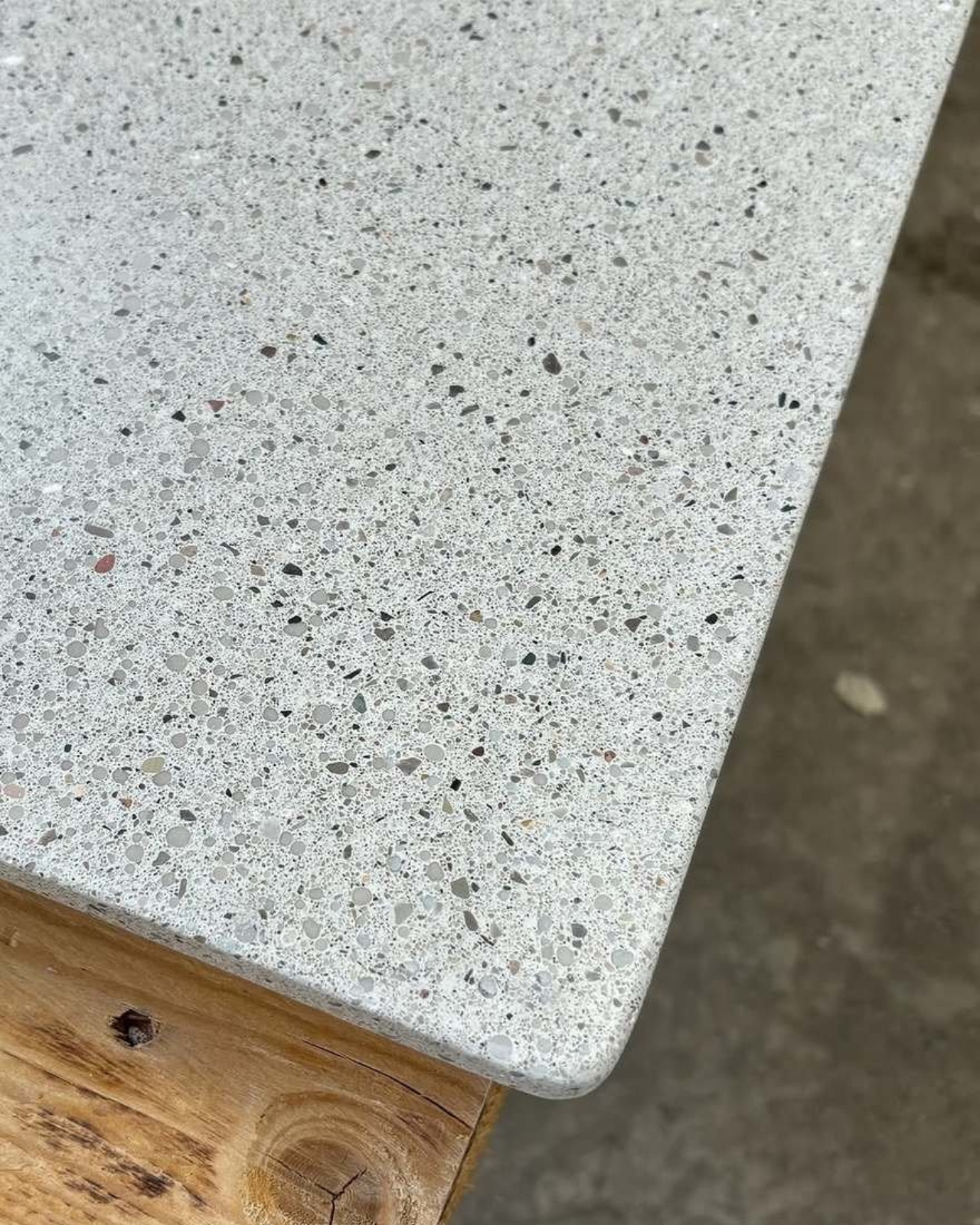
What really gets me about these tables is how they challenge our assumptions about concrete. We’re so used to thinking of it as heavy, cold, and industrial. And sure, concrete is heavy by nature, but Bouroullec’s design makes it appear surprisingly light and airy. The way the base tapers and curves, the proportions of the anchor-shaped support, it all works together to create visual lightness despite the material’s obvious heft.
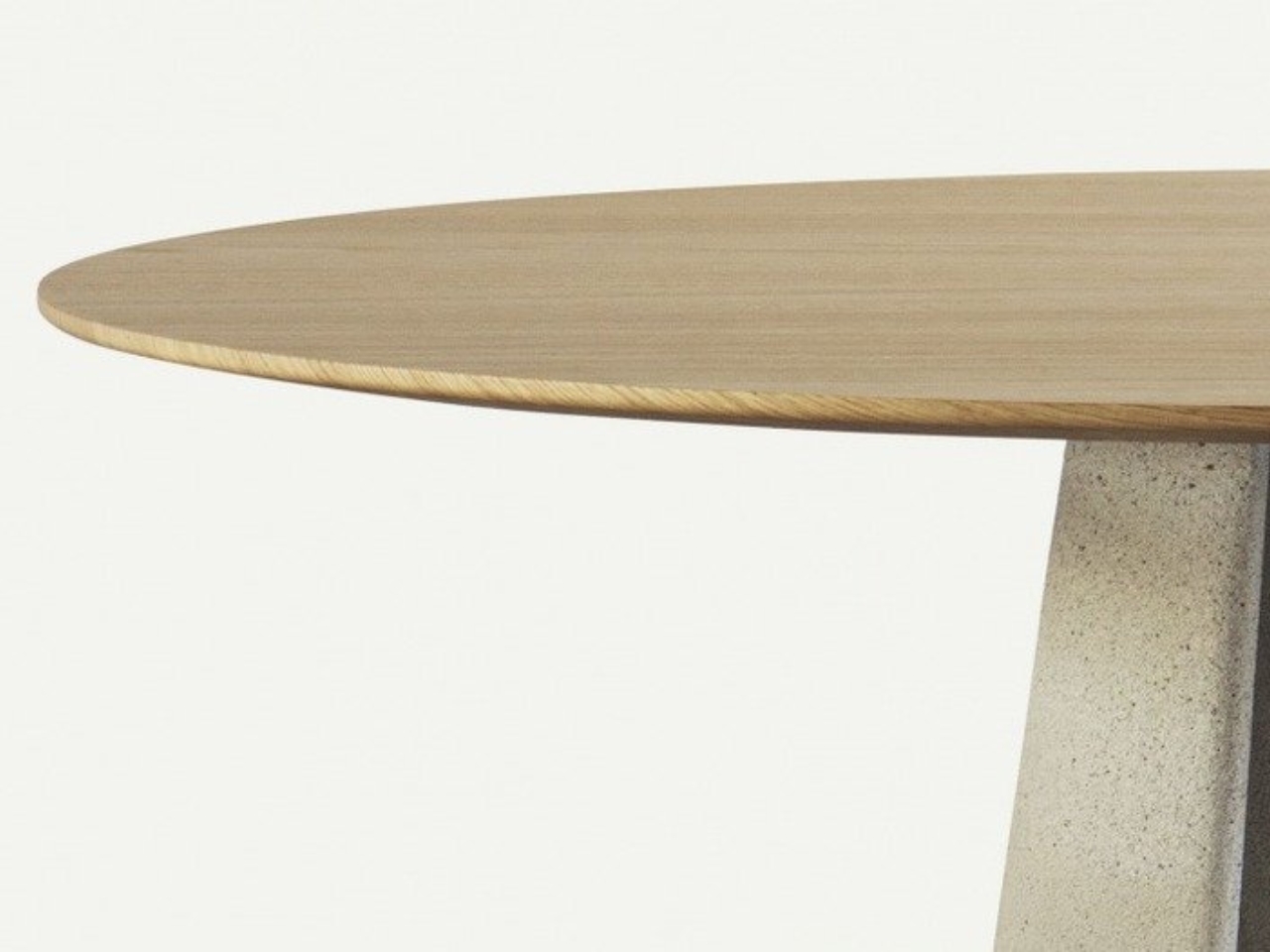

The collection offers flexibility too. You can get the rectangular table in a generous 220 by 90 centimeter size, perfect for those dinner parties where everyone actually wants to sit together and talk. The round version clocks in at 130 centimeters in diameter, ideal for smaller spaces or creating a more intimate dining situation. And because these are designed for both indoor and outdoor use, you’re not stuck making that impossible choice between keeping your beautiful furniture pristine inside or actually enjoying your patio.
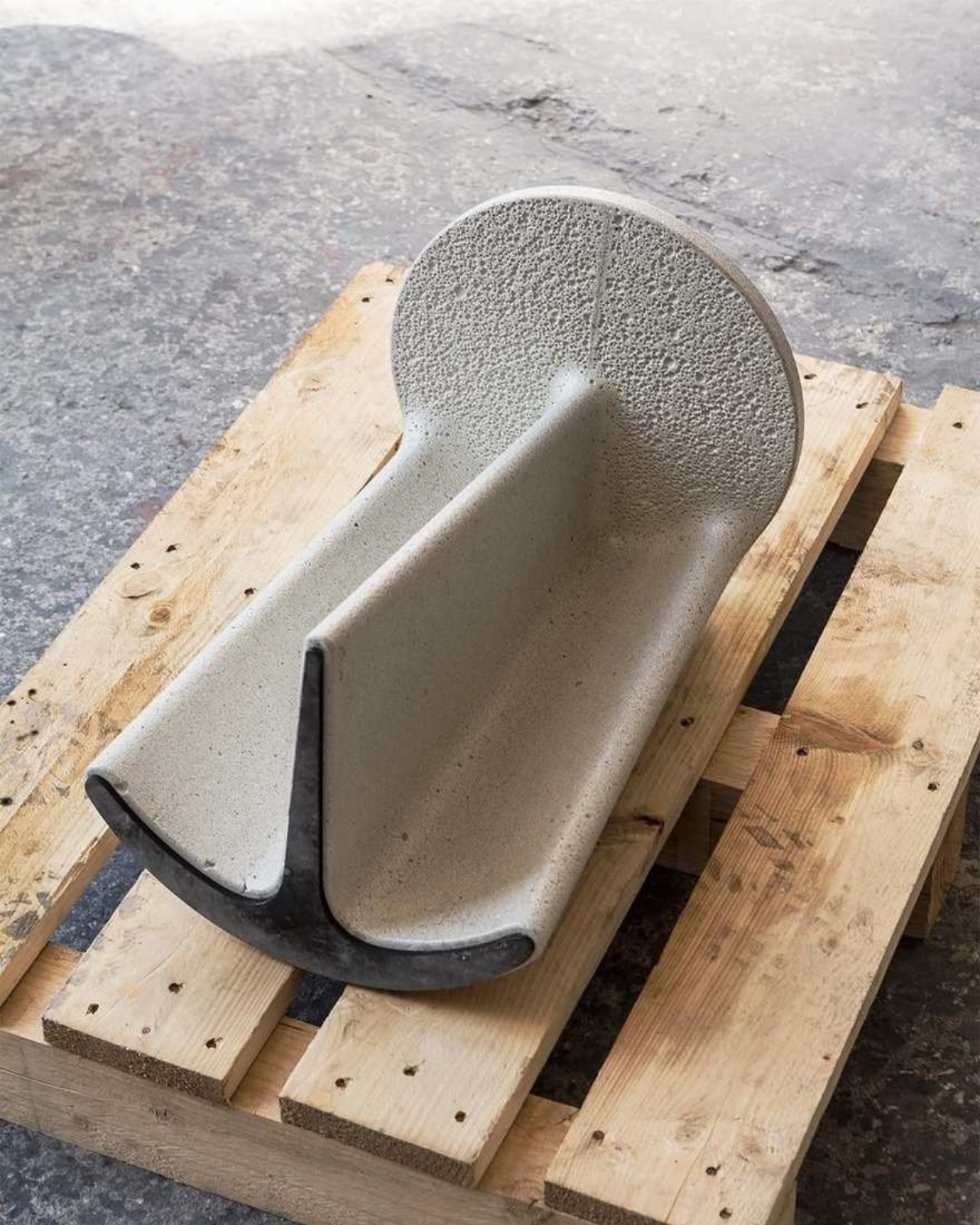
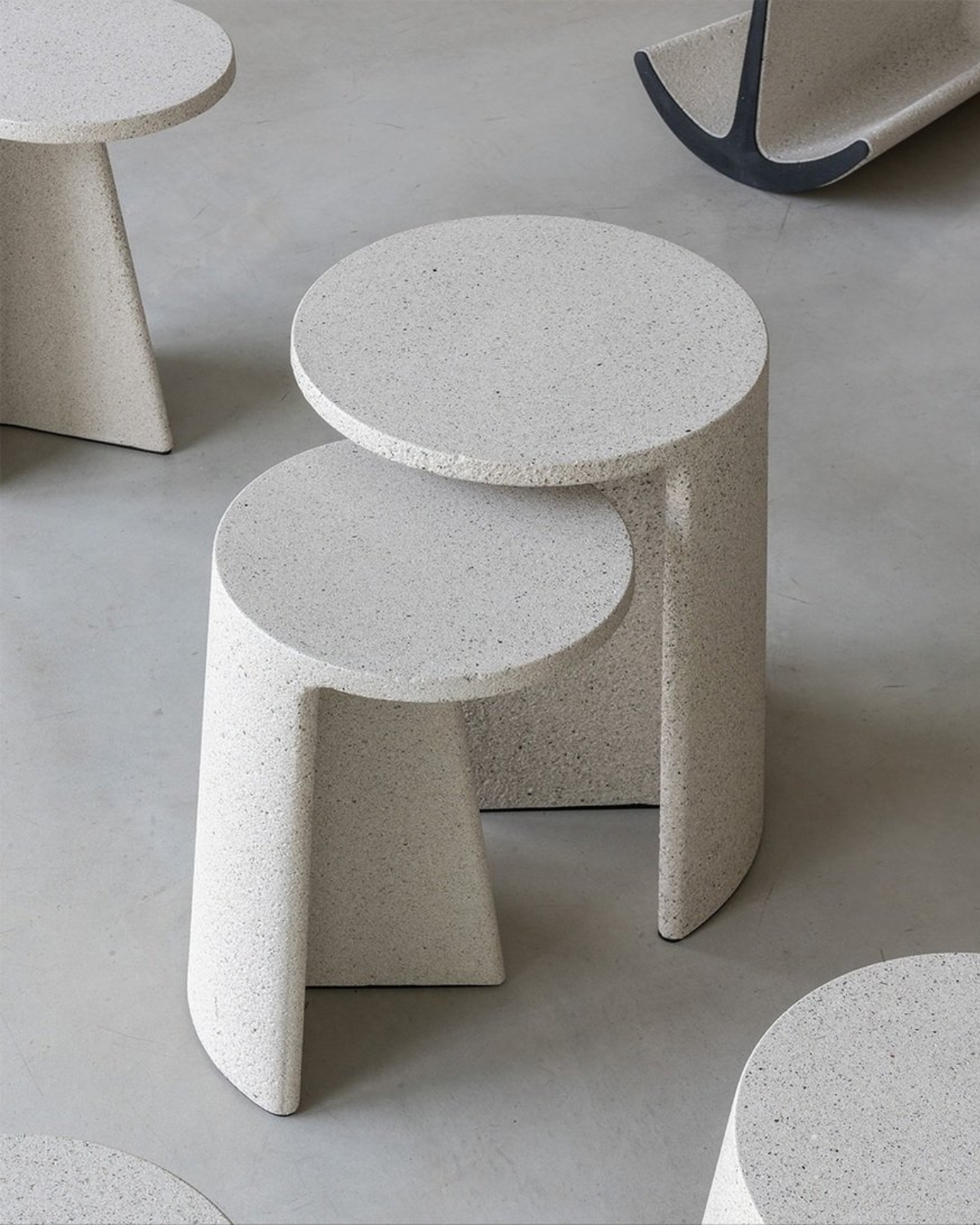
Material choices matter here. The bases are concrete (obviously), but you get options for the tops. Tempered glass in clear or smoked finishes gives you that contemporary look and lets the sculptural base really shine through. If you prefer something warmer, there’s MDF veneered in oak, which adds a organic element that plays nicely against the concrete’s industrial vibe.
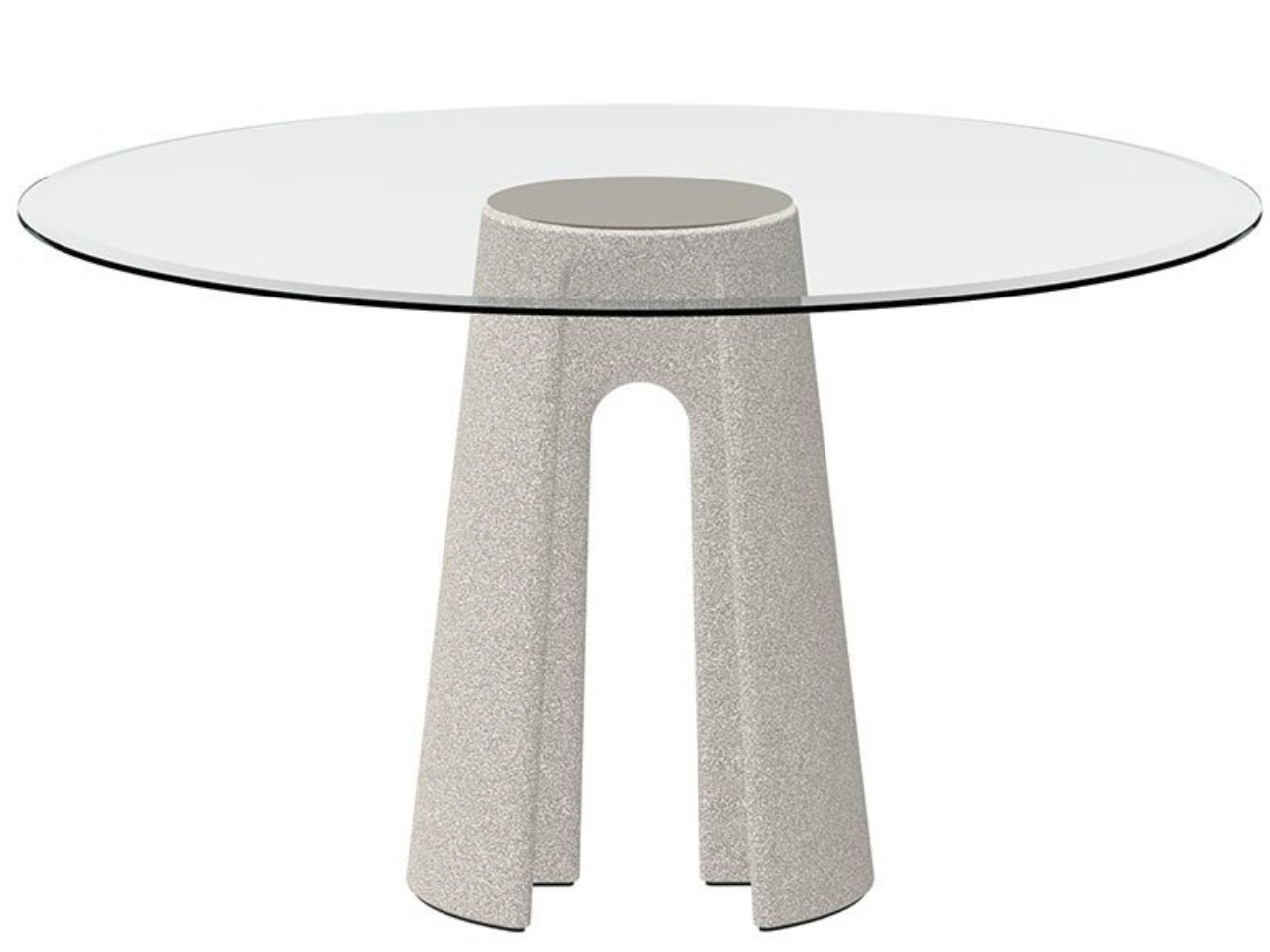

There’s something almost subversive about what Bouroullec is doing with these pieces. Concrete has this long history in Italian design and architecture, particularly through masters like Pier Luigi Nervi who showed how structural elements could be beautiful. Bouroullec taps into that tradition but pushes it somewhere new, somewhere more refined and residential. He’s taken a material that shouts and taught it to whisper.
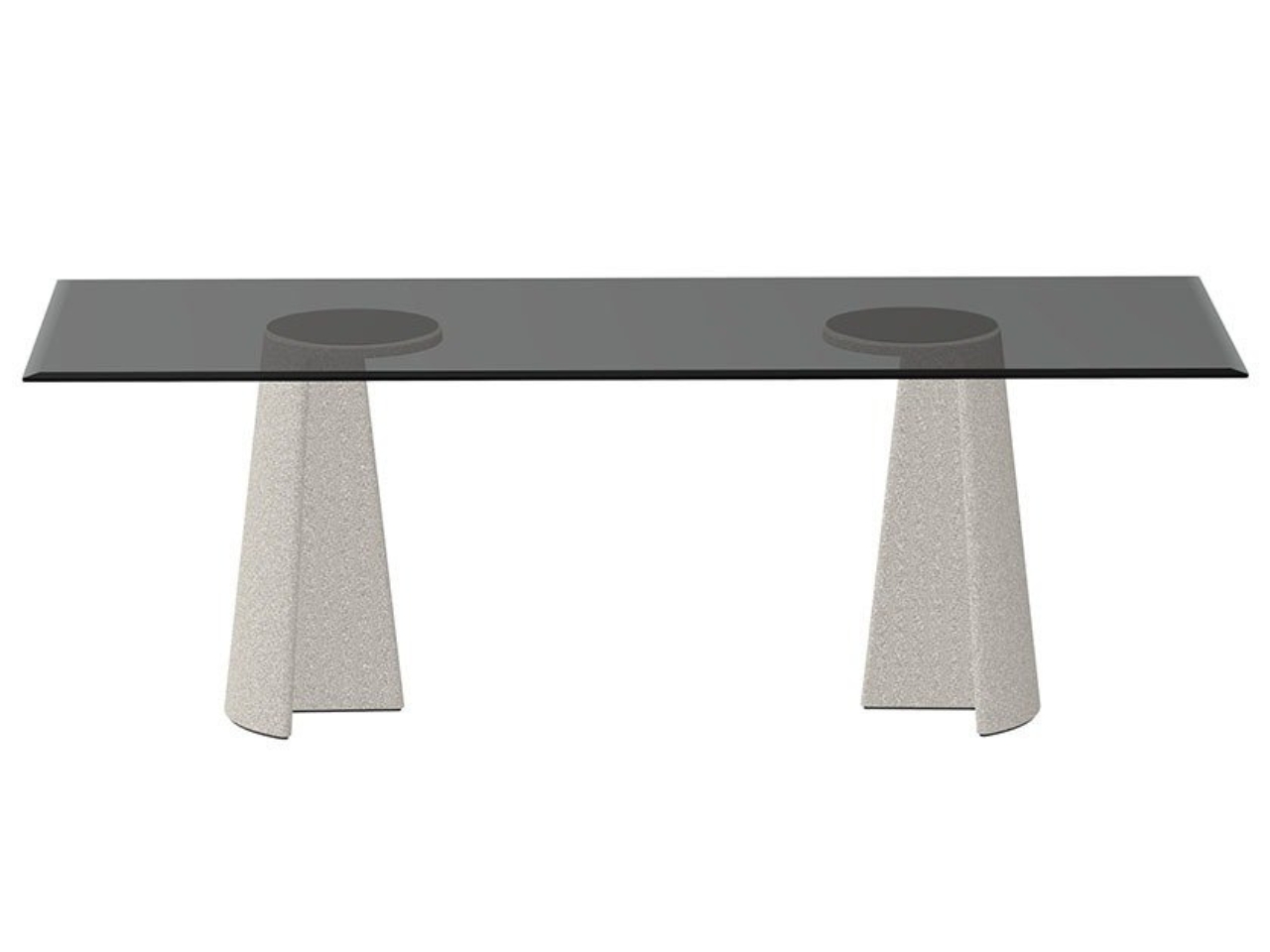
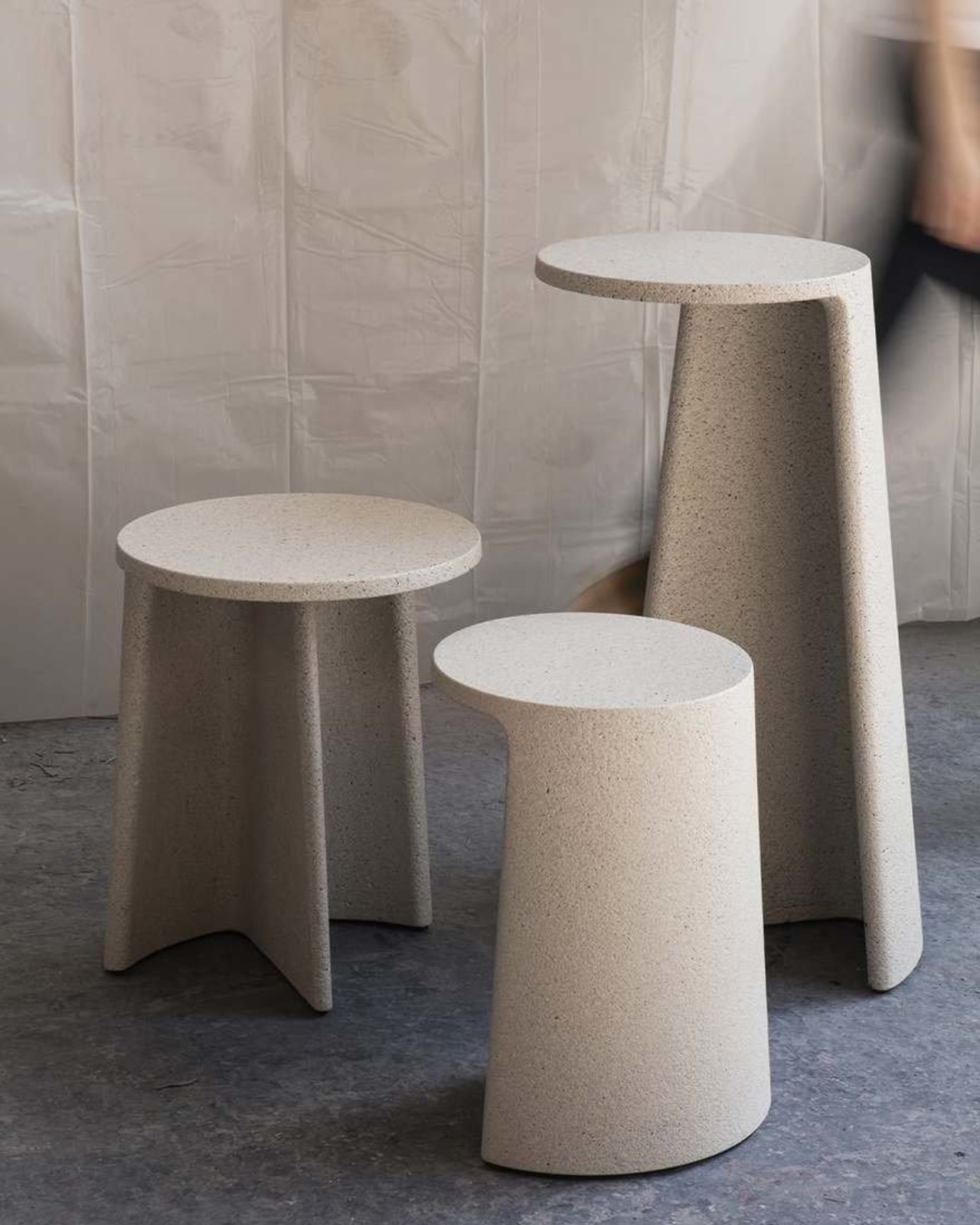
The beauty of Ancora lies in its simplicity. There are no unnecessary flourishes, no look-at-me details. The design is essentially sculptural, letting the form speak for itself. That anchor-shaped base does all the heavy lifting (literally and figuratively), creating visual interest without needing any decorative additions. It’s the kind of confident design that comes from really understanding your material and what it wants to do.
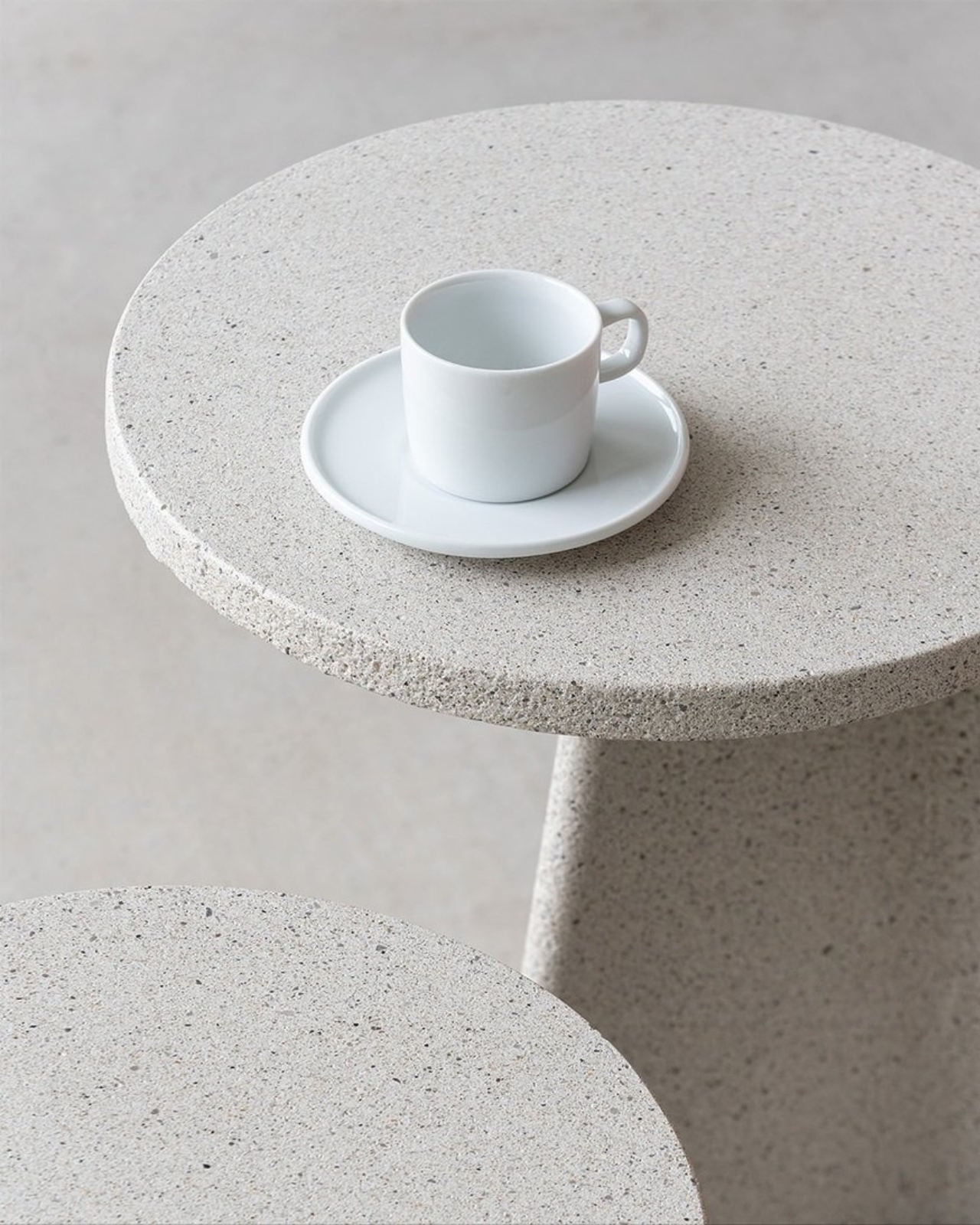
What strikes me most about these tables is how they fit into our current design moment. We’re collectively moving away from the mid-century modern pieces that have dominated for the past decade and looking for something with more substance, more presence. Concrete delivers that weight and permanence we’re craving, but Bouroullec ensures it doesn’t feel oppressive or dated. These tables feel contemporary without trying too hard to be trendy.
For anyone interested in design that pushes boundaries while staying practical, Ancora represents that sweet spot. These aren’t art pieces you need to tiptoe around. They’re built to be used, indoors or out, for everyday meals or special occasions. The fact that they happen to be absolutely gorgeous is just the bonus.
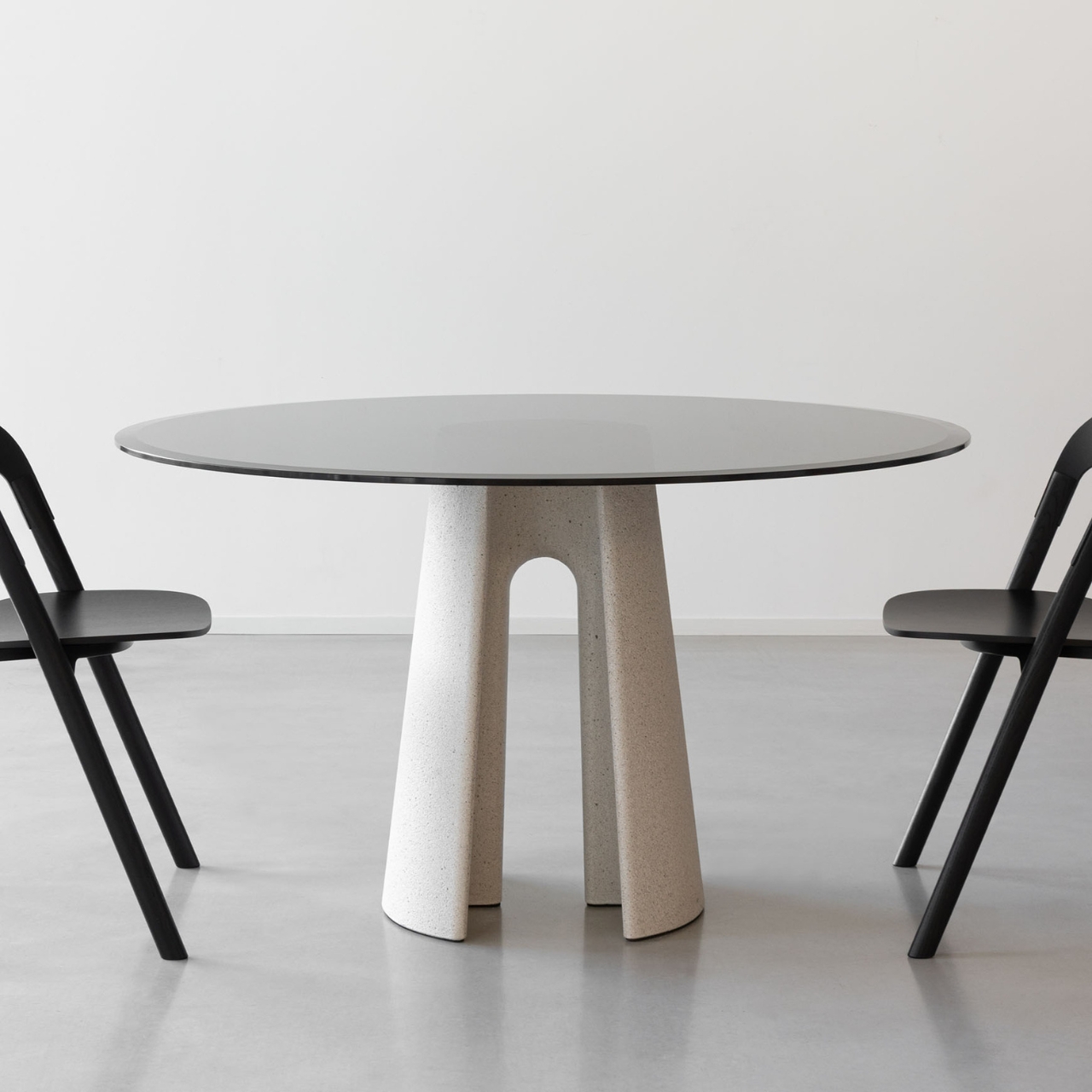
The post Concrete Never Looked This Good: Ronan Bouroullec’s Ancora Tables first appeared on Yanko Design.

















